Mosquito Nets Save Lives
Mosquito Nets Save Lives
Fighting Malaria with “Long Lasting Insecticidal Nets” (LLINs)
Distribution of mosquito nets is one of the most effective ways of protecting children against Malaria, a potentially deadly disease.
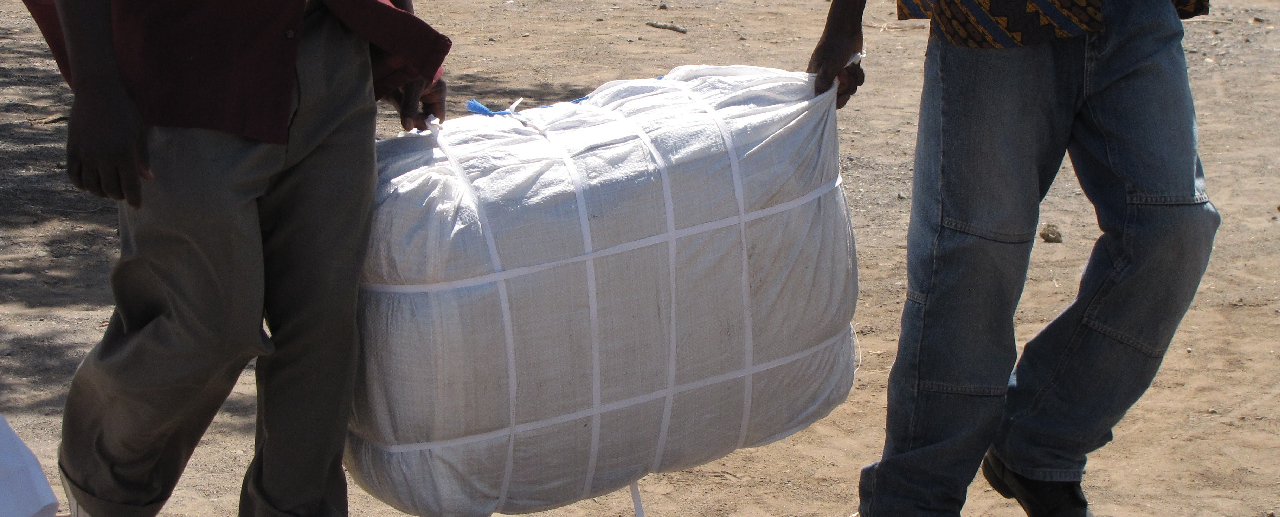
Malaria is a life-threatening disease transmitted to people through the bites of infected female mosquitoes. According to the World Health Organization (WHO), in 2019, there were 229 million recorded cases of Malaria around the world, with 409,000 deaths from the disease. However, it is young children that are the most impacted. In the same year, 274,000 children under five years old died of the disease, accounting for two-thirds of all Malaria deaths worldwide.
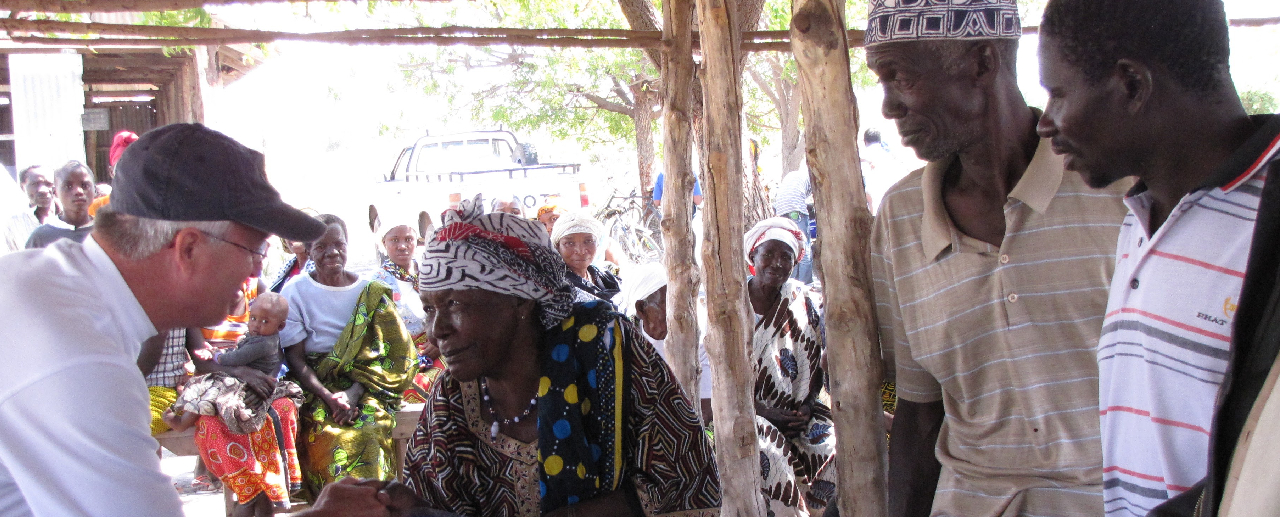
Sleeping under a LLIN is one of the best ways to prevent Malaria, as they form a physical and chemical barrier against mosquitoes. When mosquitoes try to bite someone sleeping under a LLIN, they are not only blocked by the netting, but also killed by the insecticide coating. Studies show that the use of LLIN reduced Malaria incidence by 50 percent in Africa, in a region which accounts for more than 90 per cent of global cases.
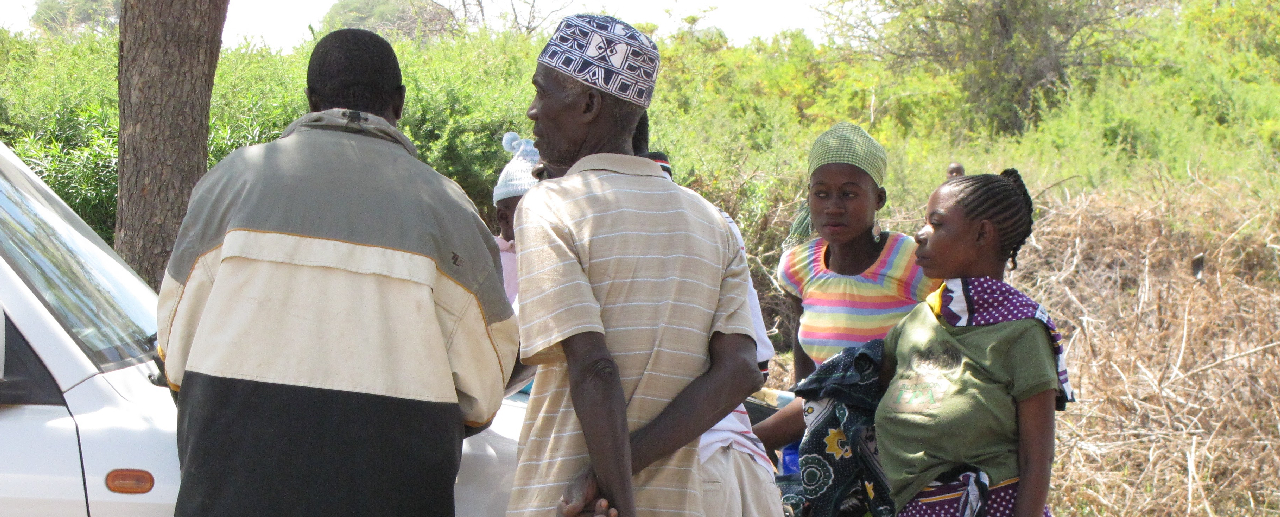
LLINs are much more effective than untreated mosquito nets because they are produced with netting that contains a World Health Organization recommended insecticide. Thanks to this treatment, the insecticide effect lasts longer, and the nets can be used for up to three years or 20 washes.
Break the Cycle of Hunger.org started buying its first LLINs in 2013 with the purchase of 15,000 nets to support Malaria control and prevention in remote Tanzania and Kenya affected by the disease. Since then, this figure has grown significantly.
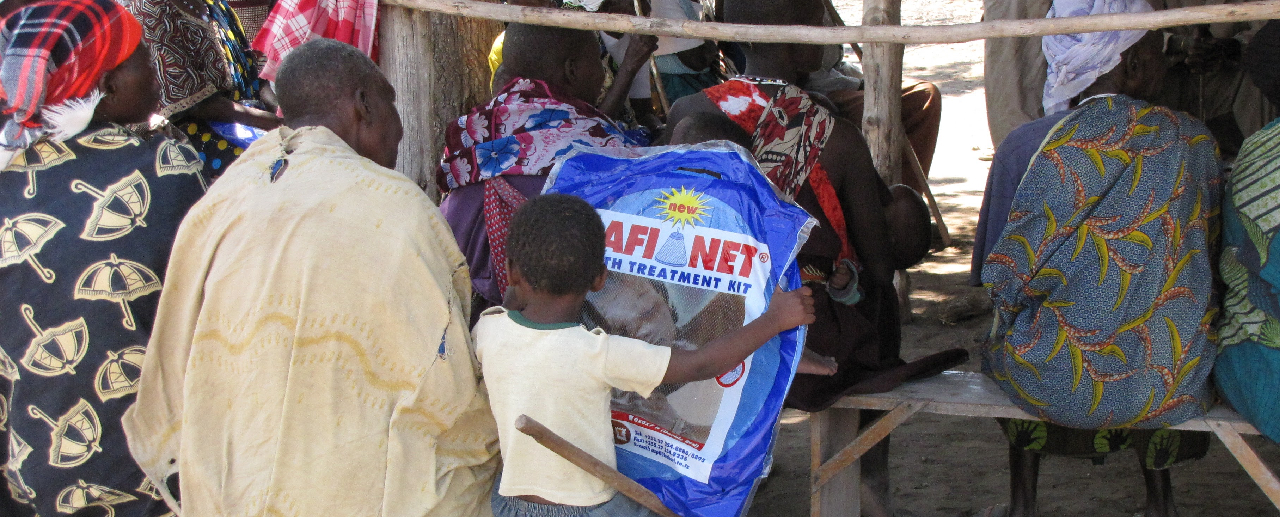
All LLINs nets that Break the Cycle of Hunger.org purchases are made of polyester or polyethylene and are part of a list of products that meet the quality, safety and efficacy standards set out by the World Health Organization. In addition, our quality control teams check if manufacturers followed the World Health Organization’s recommendations and if the nets can resist local climate conditions and damage by animals like cats and rats.
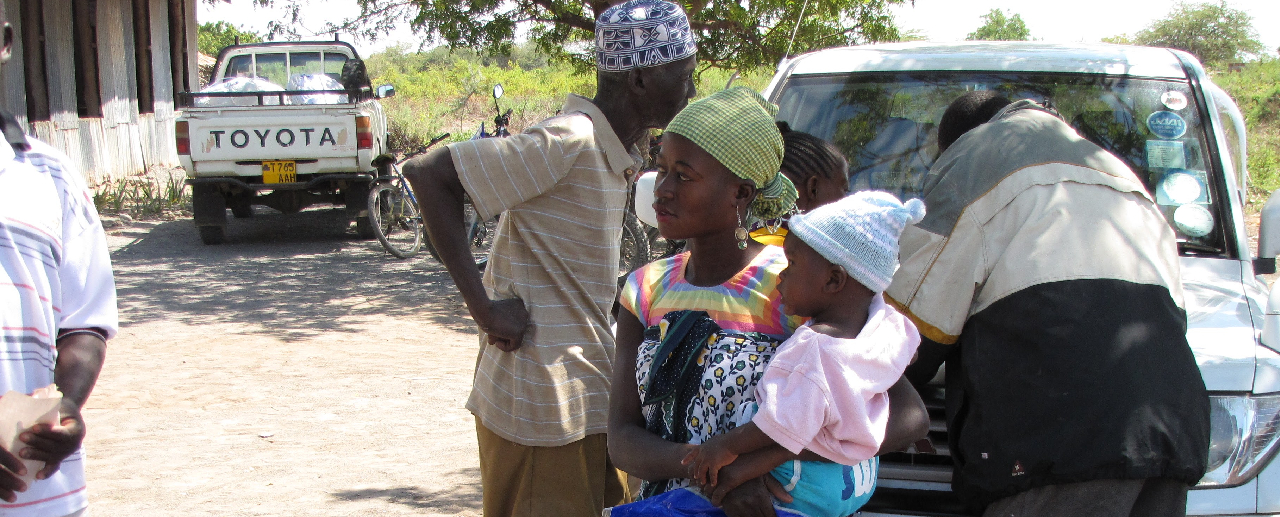
The World Health Organization (WHO) recommends that “Because these nets have been distributed for almost 20 years, the mosquitoes have started developing resistance to the pyrethroid [insecticide].
As a result, the World Health Organization (WHO) has started offering a second generation of LLINs, which, in addition to insecticide, use a type of oil called piperonyl butoxide (PBO) to inhibit the natural defense mechanism of the mosquitoes. When the mosquitos’ biological defense is weakened, the toxicity of the pyrethroid kills it.
Malaria is one of the main causes of child morbidity in Africa. Around 75 per cent of all child deaths are due to preventable diseases, such as diarrhea, Malaria, and pneumonia. “WHO”
Globally, a child dies of Malaria every two minutes, “UNICEF”
Malaria is one of the main reasons children get malnourished in Africa. Children are losing their appetite and are heavily affected by vomiting and diarrhea which comes with Malaria. “UNICEF”
A long-lasting insecticide treated net lasts for 3-4 years. “WHO”
Sleeping under an insecticide-treated bed net (ITN) is the most common and most effective way to prevent Malaria infection. “WHO”
Malaria preys upon the vulnerable: children under five years of age, the poorest and most marginalized, pregnant women, and their unborn children. Malaria in pregnancy contributes significantly to the deaths of mothers and young children. “UNICEF”
Floods and stagnant water increases the number of Malaria cases as water is the breathing ground for mosquitos. “UNICEF”
A mosquito net costs around $3.00, less than a cup of coffee in many places in the world. “WHO”
